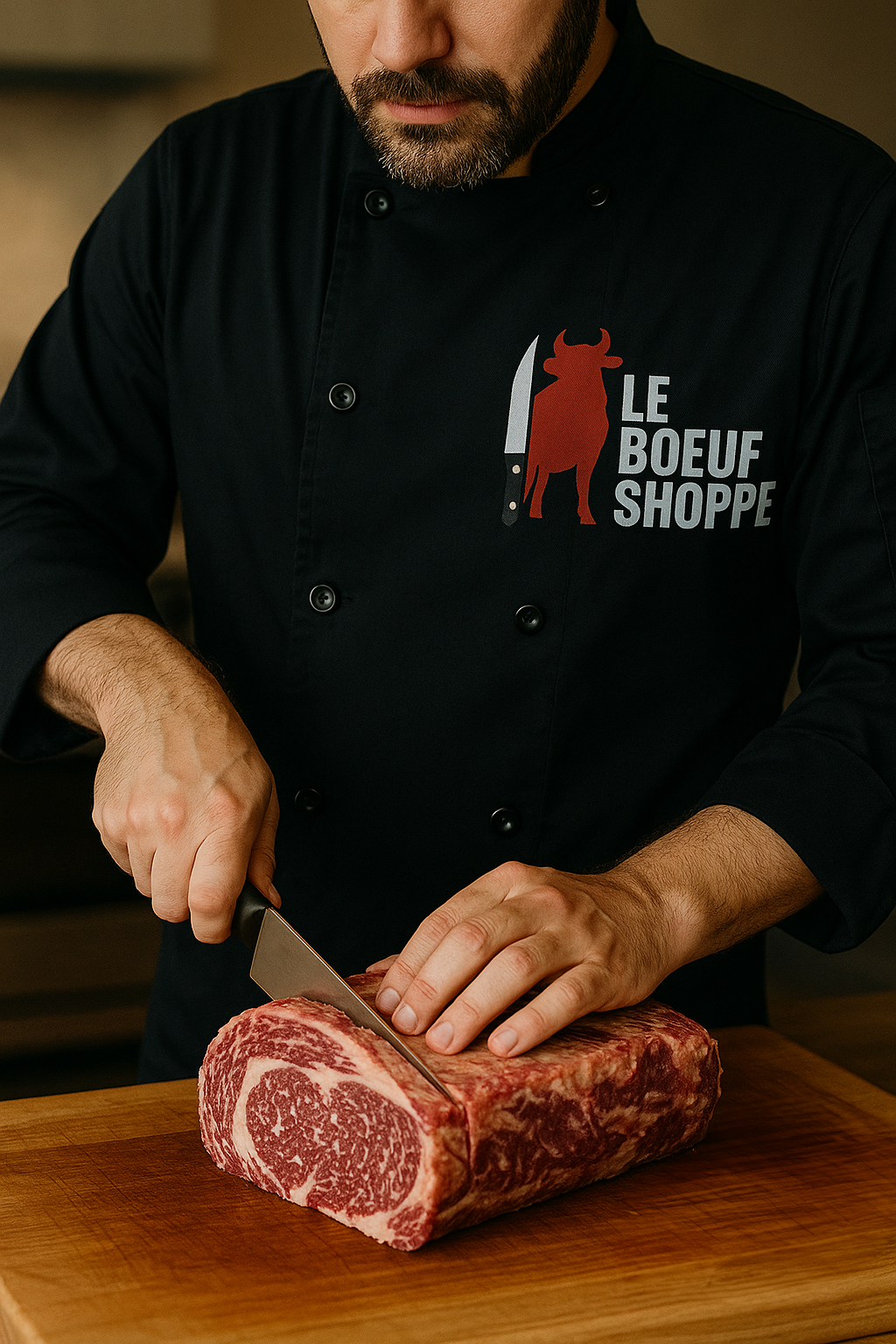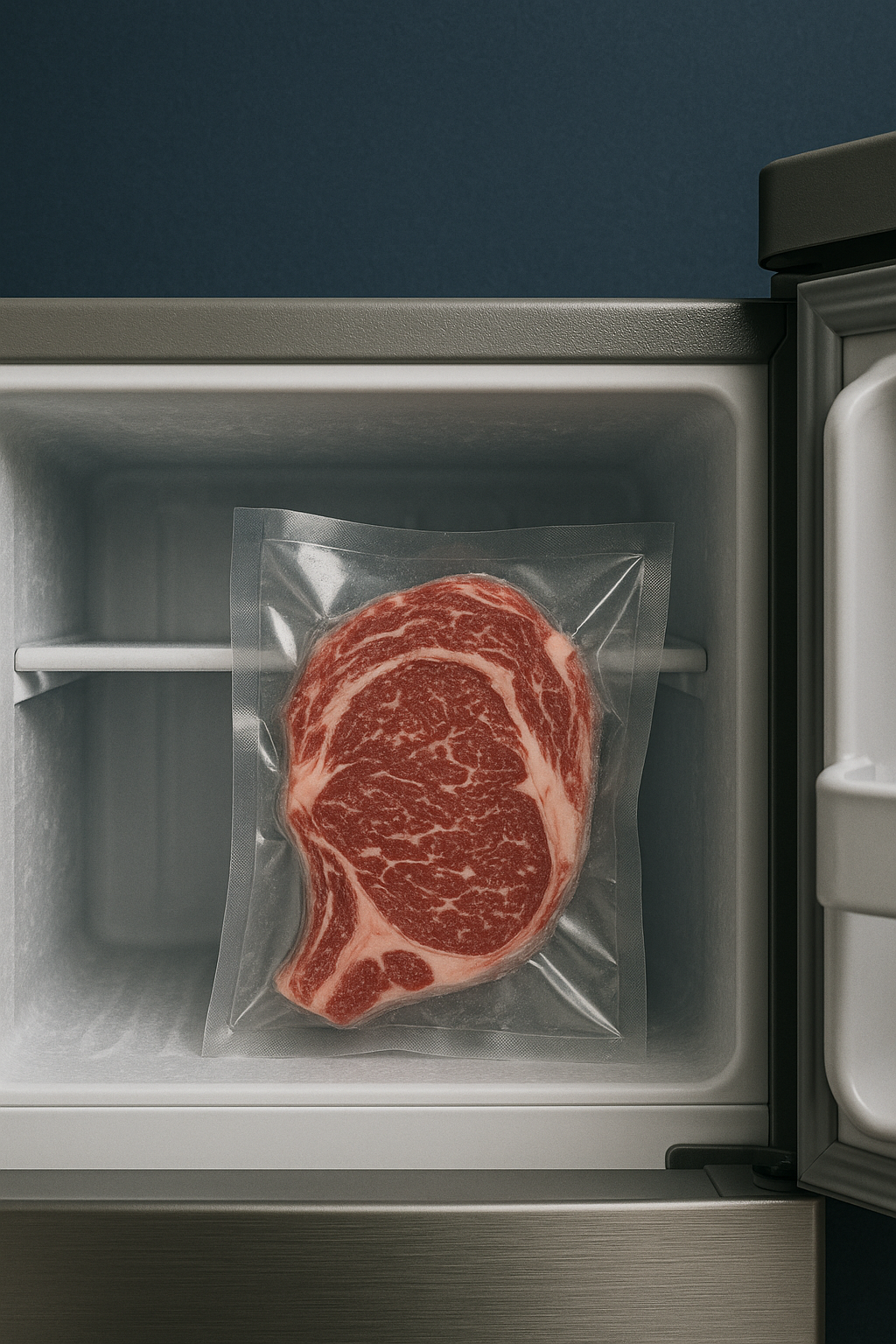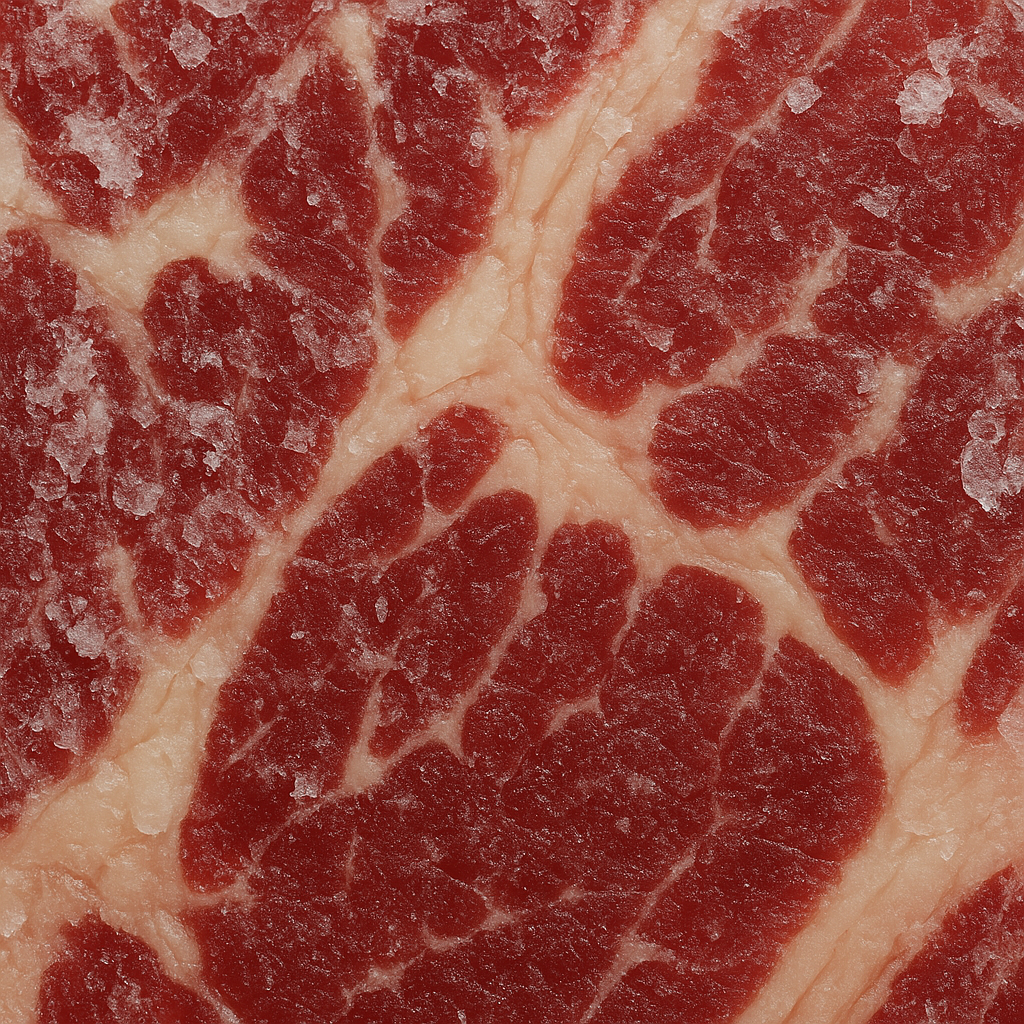
The Le Boeuf Shoppe Story
Le Boeuf Shoppe was started by steak lovers, for steak lovers.
In recent years, more premium options have started to flood the market —Wagyu, Japanese, Australian.. All of these offer unmatched taste, tenderness, and flavor compared to traditional U.S. Black Angus Steer.
The e-commerce world saw an opportunity and jumped on it. At first glance, it was an awesome day for real steak lovers — access to these incredible products became as easy as clicking a button. Sounds great, right?
Sort of.
Managing the logistics of fresh, high-value, perishable products comes with a lot of risk. So, the easy solution? Freeze the product.
That felt really wrong — and let us explain why. Let’s start with the facts about freezing steak.

Doesn’t freezing steak preserve freshness and flavor?
Absolutely. Freezing your steak allows it to be stored for a long time without spoilage. A steak kept in your freezer will stay edible and safe for whenever you’re ready.

How about freshness?
When you freeze a steak, you change it permanently.
We nerd out on this stuff — and we have strong opinions — but they’re based on science, not feelings.
Freezing a steak affects it quite a bit on a molecular level, and understanding this helps explain changes in texture, moisture, and even flavor. Here's what’s happening:
-
1. Water Turns to Ice Crystals
• Muscle tissue in steak contains a lot of water.
• When you freeze it, that water turns into ice.
• Slower freezing (like in a home freezer) = larger ice crystals, which can pierce and damage muscle fibers (think: cell walls).
• This damage leads to moisture loss when thawing — the steak "bleeds" more liquid, making it drier when cooked. -
2. Protein Structure Changes
• Proteins like myosin and actin begin to denature from the pressure of ice crystals and temperature shifts.
• This affects tenderness and cooking behavior — frozen and thawed steak often won’t brown or sear quite like a fresh one. -
3. Oxidation Slows Down... But Doesn’t Stop
• Oxygen still slowly interacts with fatty acids and myoglobin (the protein that gives meat its red color).
• Over time, even in the freezer, steak can develop off-flavors from lipid oxidation (aka freezer burn) and show color changes (brownish-gray). -
4. Enzymatic Activity Halts
• Freezing pauses enzymatic reactions, including those responsible for spoilage and natural tenderization (like in dry-aging).
• However, once thawed, these enzymes reactivate — which is why you should cook thawed steak fairly quickly.